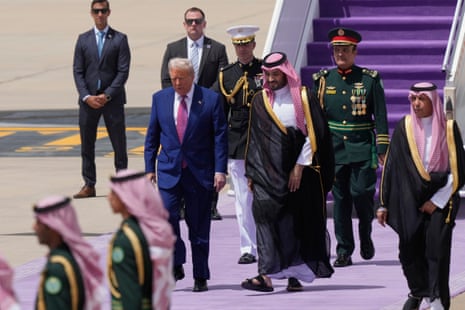
The incredible 'city' that's 'world's biggest' with futuristic sci-fi architecture | World | News
Published: 2025-08-19 03:30:07 | Views: 8
A spectacular megacity is among the biggest in the world, with architecure worthy of a futuristic sci-fi novel. Chongqing is a vast municipality in Southwestern China with a population of around 32million, and which covers a geographical area about the size of Austria.
The city has a history stretching back some 3,000 years, and is known for its bold, futuristic design. Here you'll find awe-inspiring highrises that pedestrians move between via sky bridges, dozens of skyscrapers, and an eye-catching kaleidoscope of vibrant city lights that illuminate the cityscape when night falls. Its unique architecture is partly out of neccessity, due to its rapid growth and challenging terrain.
With limited room to accomodate its soaring population due to the mountains that surround it, the city rapidly expanded upwards starting in the 1990s.
Locals get around on a monorail designed to provide quick and easy travel that accomodates Chongqing's challenging geography, including multiple river valleys.
The two monorail lines which wind through the city form what is believed to be longest monorail system globally.
The transportation system is a tourist destination in itself, due to the unique design of the routes and stations.
One of the most famous examples of this is Liziba Station, which is nestled within the sixth to eighth floors of a 19-floor residential building.
The city also comes to life at night, when the towering skyline is bathed in neon.
It's known for its cuisine too, with the Chongwing hot pot - featurring a powerful combo of hot and numbing spice - among the best known dishes.
Chongqing is known as a major manufacturing centre, a powerhouse in the military, and metal production sectors.
The city is also where Changan Automotive Group - one of China's "Big Four" carmakers - is headquartered, a major player in the automotive sector.
It's sometimes referred to as the largest city in the world, though experts note that this is only the case when the whole province is included.
Professor Kam Wing Chan of the University of Washington previously told BBC News that while China calls some parts of the country municipalities or cities, they're better understood as provinces.
Many of its population live outside of the urban core in rural areas, he explained back in 2012.
Source link





